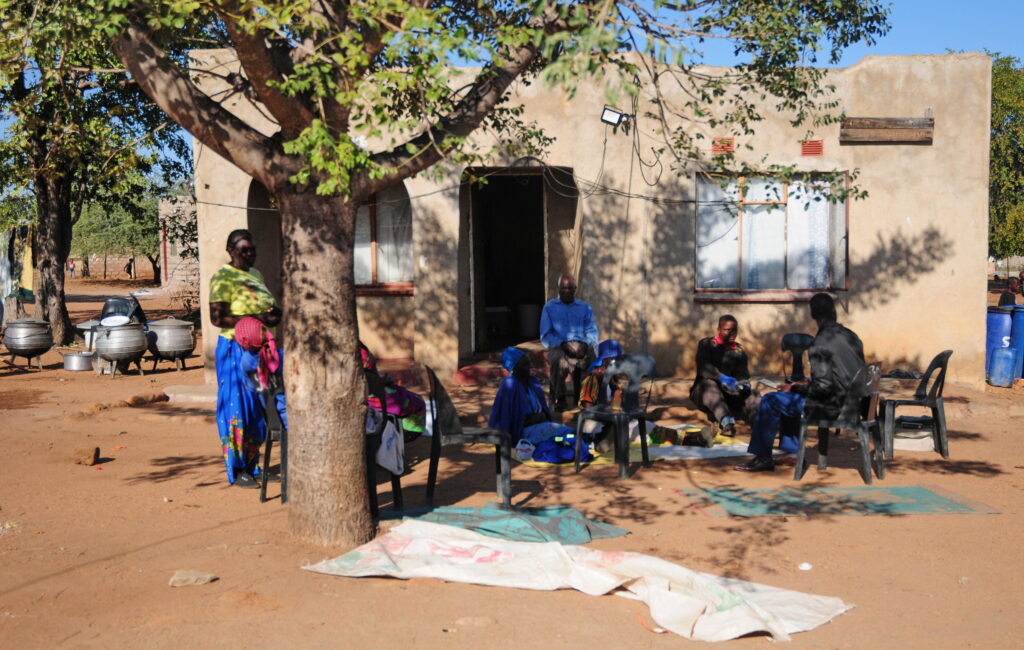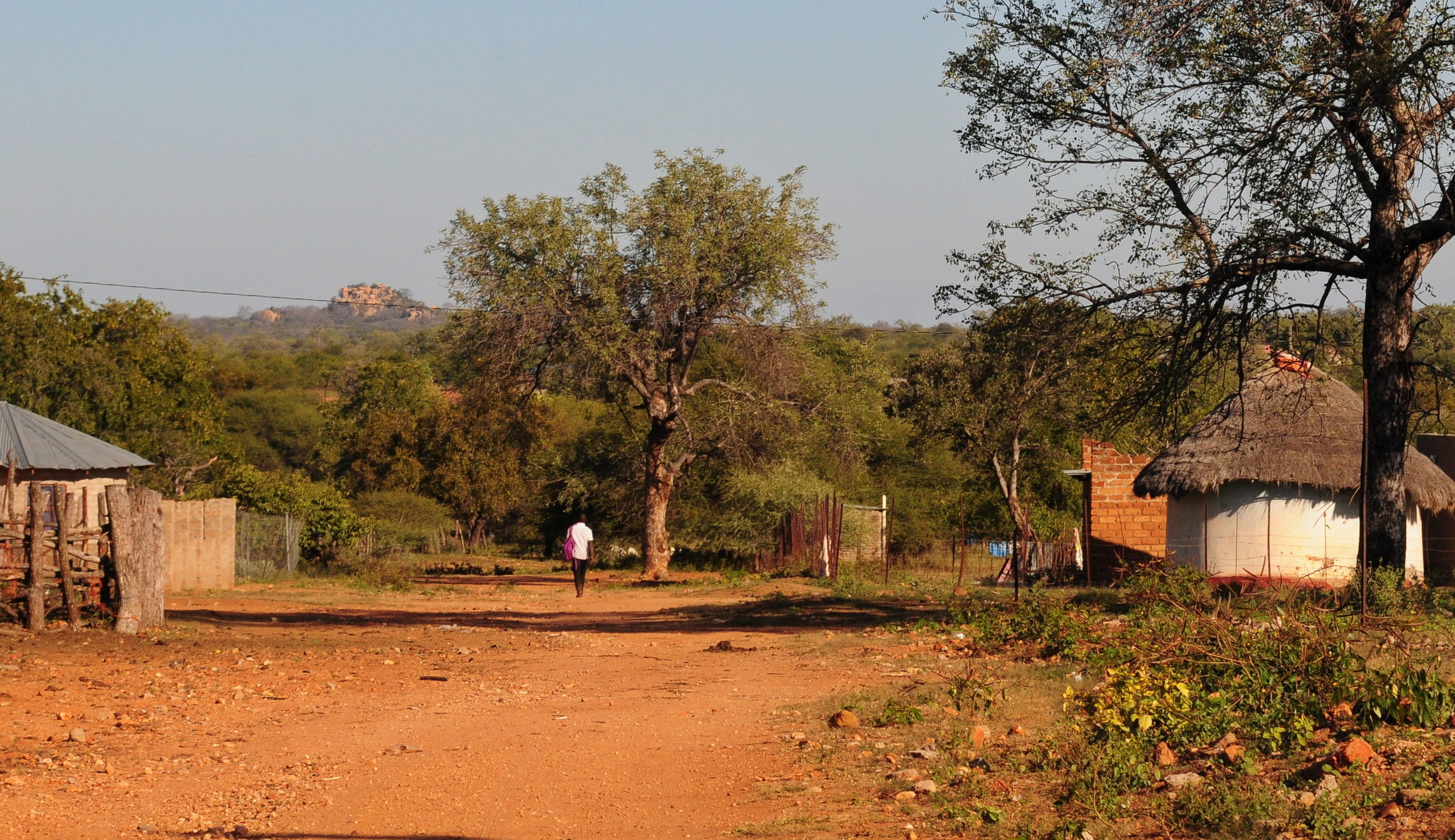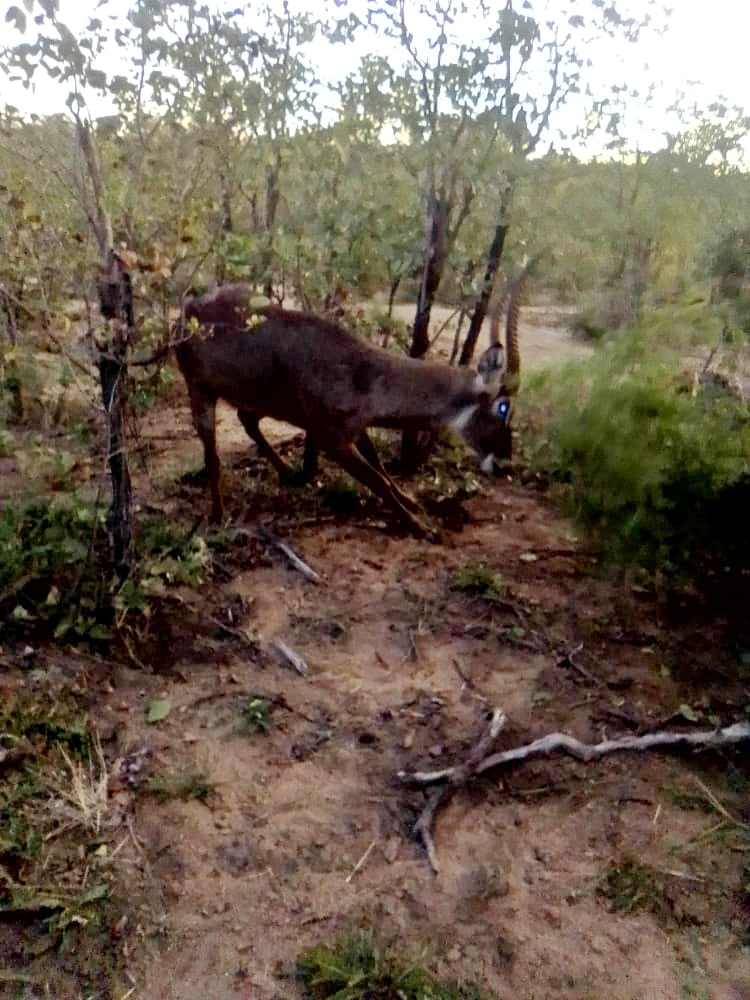COMFORT Mahlake was killed when a waterbuck pierced through his chest with its horns on the outskirts of a Limpopo village – becoming another victim in the ongoing human-wildlife conflict in communities located near game parks.
Phalaubeni, about 65km south east of Giyani is located along the border with the Letaba Ranch Nature Reserve which incorporates the Mthimkhulu Game Reserve, a community concession park which is part of a land claim settlement.
The Letaba Ranch Nature Reserve, which is part of the part of the Greater Kruger National Park conservation area is managed by and falls under the Limpopo Economic Development, Environment and Tourism (Ledet) department.
However the area is at the centre of a bitter dispute involving different factions of the Mthimkhulu community and the Mabunda Traditional Authority.
The disputed has resulted in the destruction of an estimated 25km of the fence separating the reserve from the villages of Phalaubeni and Mbaula. This has resulted in a rise in incidents of human-wildlife conflict in the area, with buffalo, lion, leopard and elephant identified as major “problem animals”.
Community members who rely largely on subsistence farming have reported major losses of crops and animals to wild animals.

Mahlake’s death underlines the hard socio-economic conditions faced by rural communities living along parks which are characterised by high unemployment and a general lack of opportunities.
The town of Giyani, about 65 km from Phalaubeni is the only semi-urban area in the region, which has approximately 97 rural villages. In its final Integrated Development Plan 2020/21, the Greater Giyani Local Municipality notes that there is a high level of low-earning people which may be in relation to industry demographics in the area. “Agriculture in general employs more people, but with lower wages. People who are earning higher incomes are professionals who are usually fewer in number.”
An eye witness, Petrus Mathebula said he had gone on their usual trip to collect firewood with Mathlake when their dogs began barking fiercely. He said Mathlake went to investigate and then he followed him a short while later.
When they got to the spot where the dogs were barking, they found a waterbuck caught in a snare. He denied that they were poaching and did not know who had set up the snare.
According to Mathebula, the animal which was still alive, struck and pierced Mahlake with its horns on his chest when he got closer. Mathebula said he managed to pick him up and rush to the village.
“He was still breathing when I was carrying him. But later on he stopped breathing,” said Mathebula.
The SA National Parks has reported a disturbing trend in the increase of the number of snares found in the areas along the western boundary of the Kruger National Park.
A 2020 report compiled by the World Wildlife Fund and USAID aimed at improving the response to human-wildlife conflict in the Mozambique and South Africa constituents of the Great Limpopo Transfrontier Conservation Area, noted that “human-wildlife conflict (HWC) is a complex and multi-layered form of conflict that occurs when human-animal interactions lead to conflict between people and wildlife or between different groups of people.”
“HWC is a ‘wicked problem’ due to its complexity, where multiple stakeholders with different backgrounds and objectives operate at multiple scales within an ever-changing, larger socio-ecological system. The Great Limpopo Transfrontier Conservation Area (GLTFCA) is an example of such a system. Thus, while the initial cause of conflict may be obvious, managing this conflict involves processes and relationships that are embedded within broader historical, cultural and socio-economic contexts. Attempts to resolve these problems without understanding the whole system may have unintended consequences that lead to further conflicts in different places or at different times.”
Zaid Kalla, spokesperson for Ledet said in response to an enquiry that the Letaba Ranch management had confirmed the incident. Kalla said the incident occurred in the disputed area.
“Fences have been removed completely and our staff have been chased away and poaching is rife,” said Kalla adding that community members were collecting firewood in the area. “[There is] no control in the area,” he said.
Kalla also added that that portion of the (Letaba Ranch) reserve referred to as Mthimkhulu is not a Game Reserve as it was not declared as a Nature Reserve as per the NEMPAA (National Environmental Management Protected Areas Act 57 of 2003).
“The department is also struggling to conduct law enforcement in that area as the community that is staying on that area does not allow the field rangers to patrol the area,” he said.
Mathebula said due to a lack of jobs in the area the youth are collecting firewood for resale to members of the community. Most of the community rely on government social grants and can hardly afford the steep pre-paid electricity tariffs hence firewood remains a key source of fuel.
Days after Mahlake’s death, his family gathered at the house where he had lived alone to discuss the incident and make plans for the funeral.

No one works in the family. Neighbours still shocked by the incident dropped in to make donations towards the funeral. Shocked aunts and cousins sat on grass mats laid out in the dust. His two uncles sat on chairs in sombre reflection.
“I have never seen anything like this. This boy left me here at home saying he was going to collect firewood. Next thing I hear people screaming saying he has been hurt by an animal,” said Isaac Mkhari a senior uncle in the family.
Mahlake’s other uncle Piet Hlungwani said the family was confused by the official red tape in trying to prepare for the funeral.
Mahlake, a youth who faced with the depressing reality of unemployment, lack of economic opportunities and poverty, was buried on 16 June as the country commemorated Youth Day.
“We buried him [on June 16]. But we suffered a lot,” said Hlungwani. – news@mukurukuru.co.za

